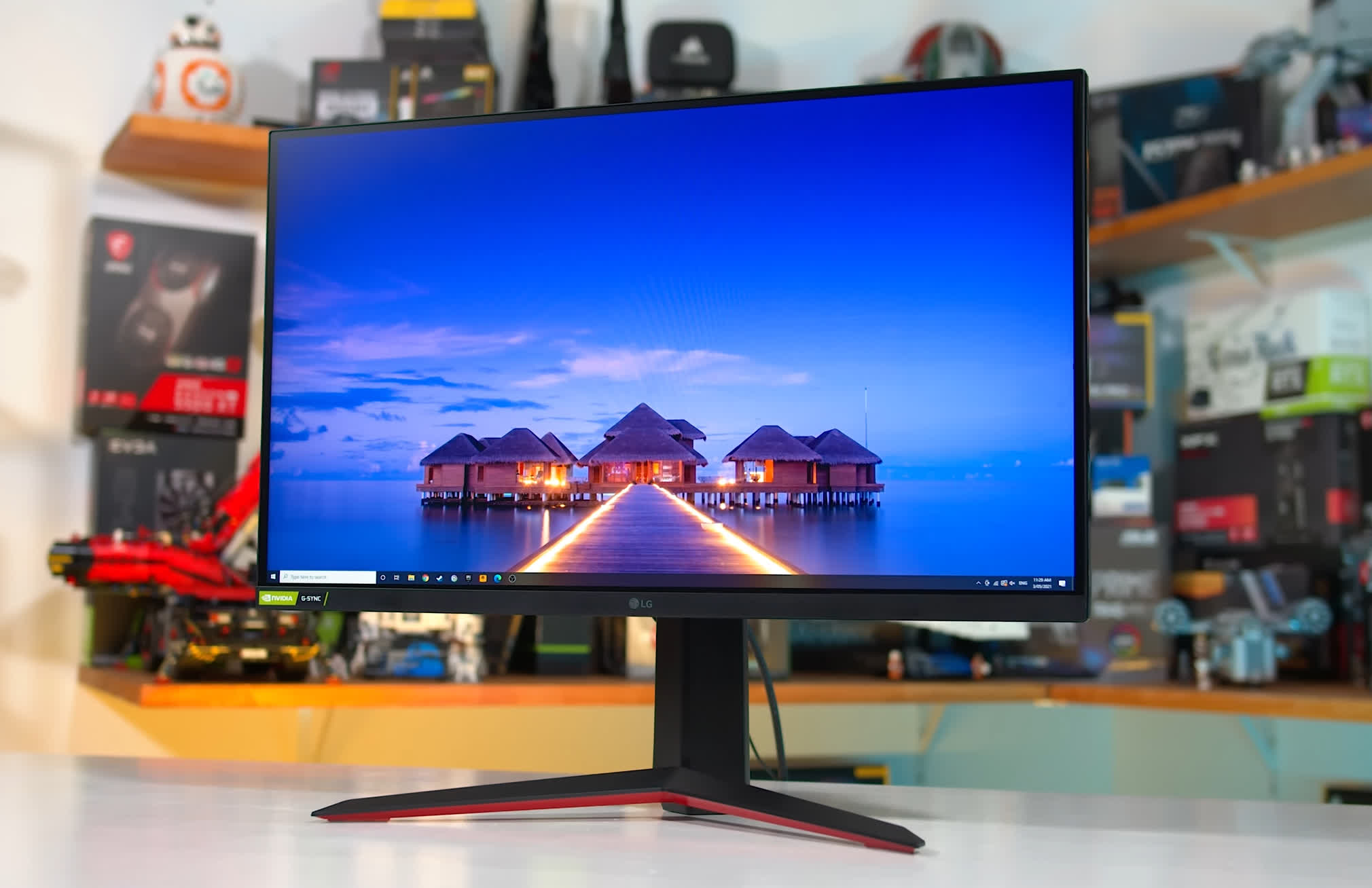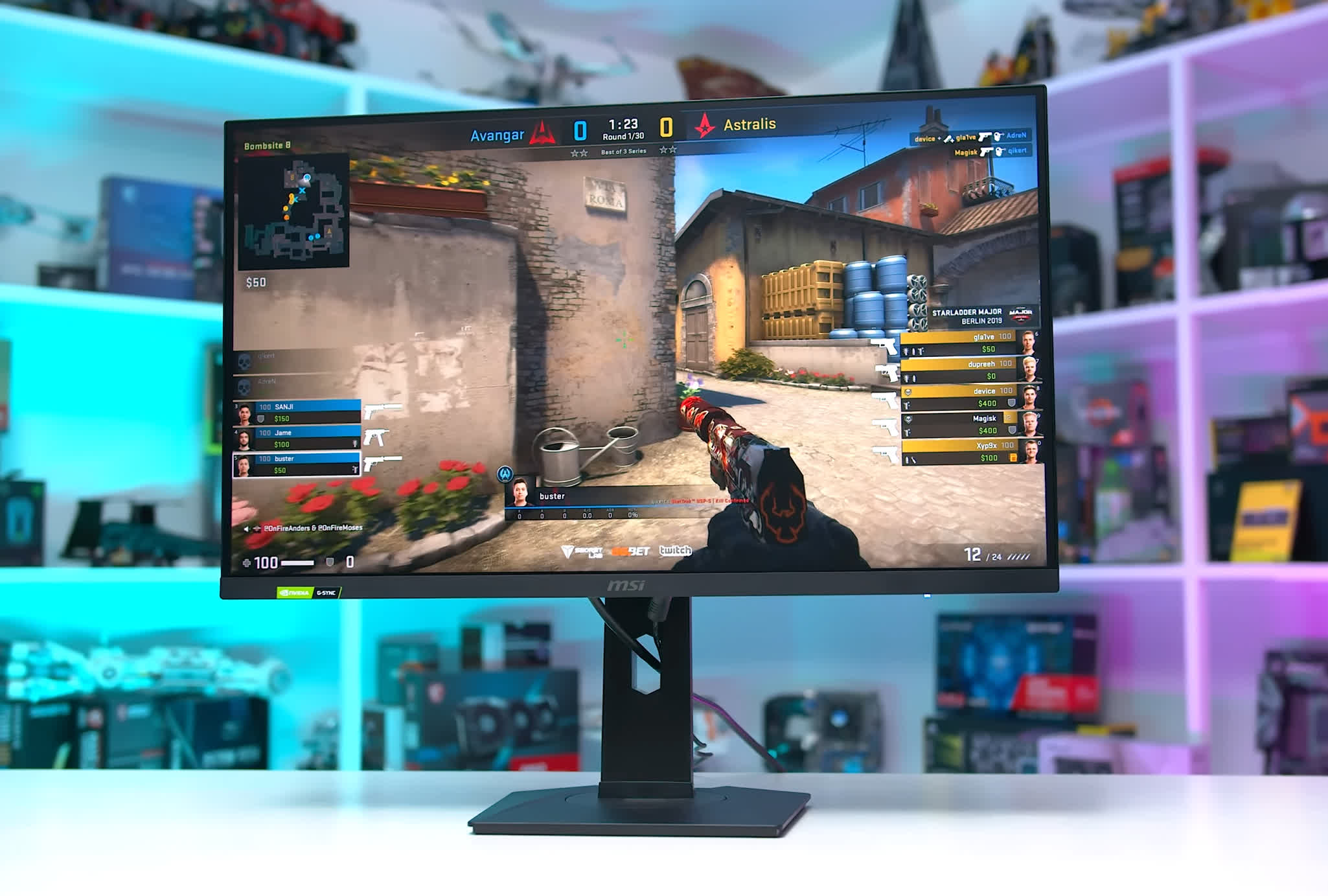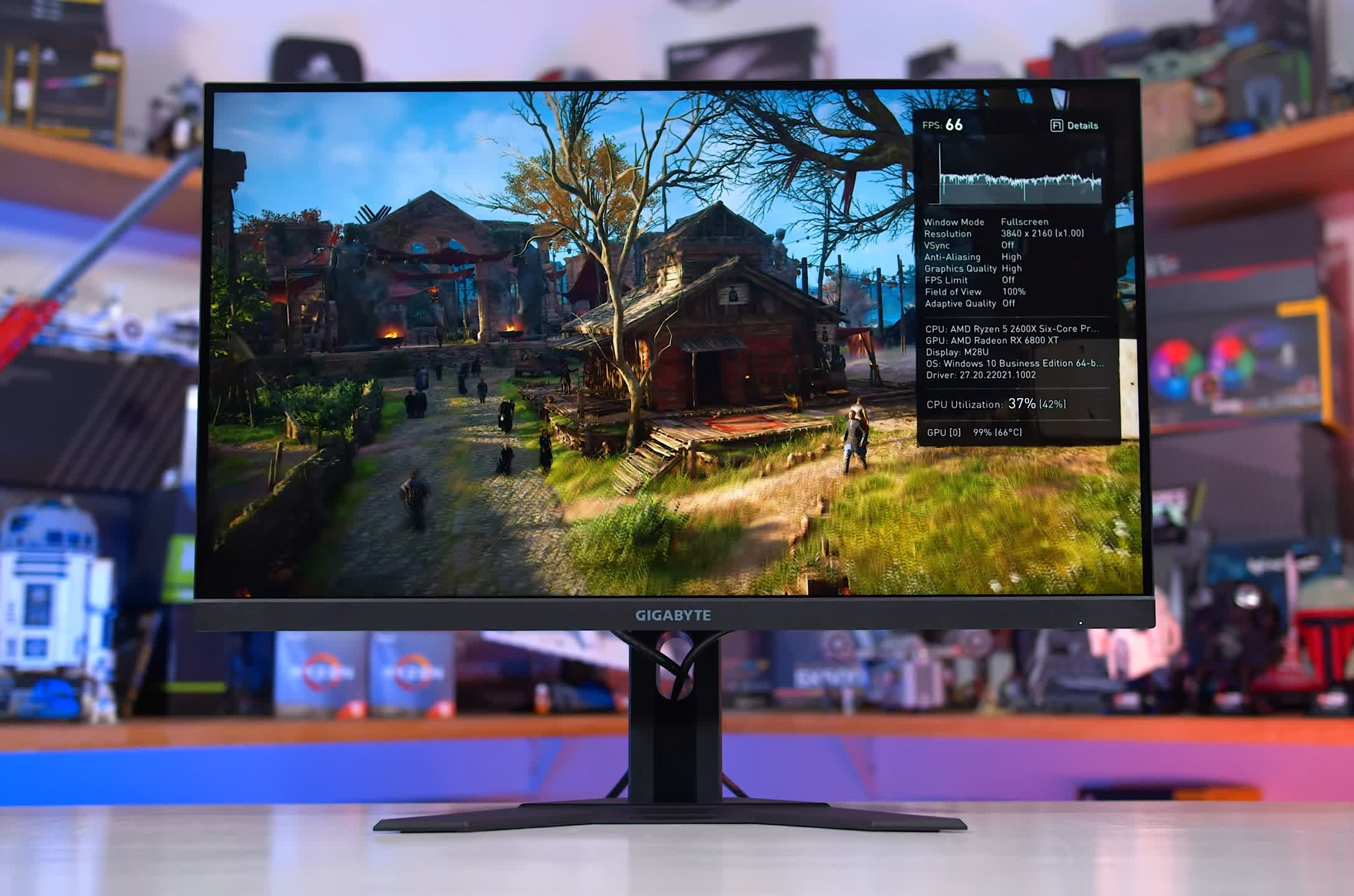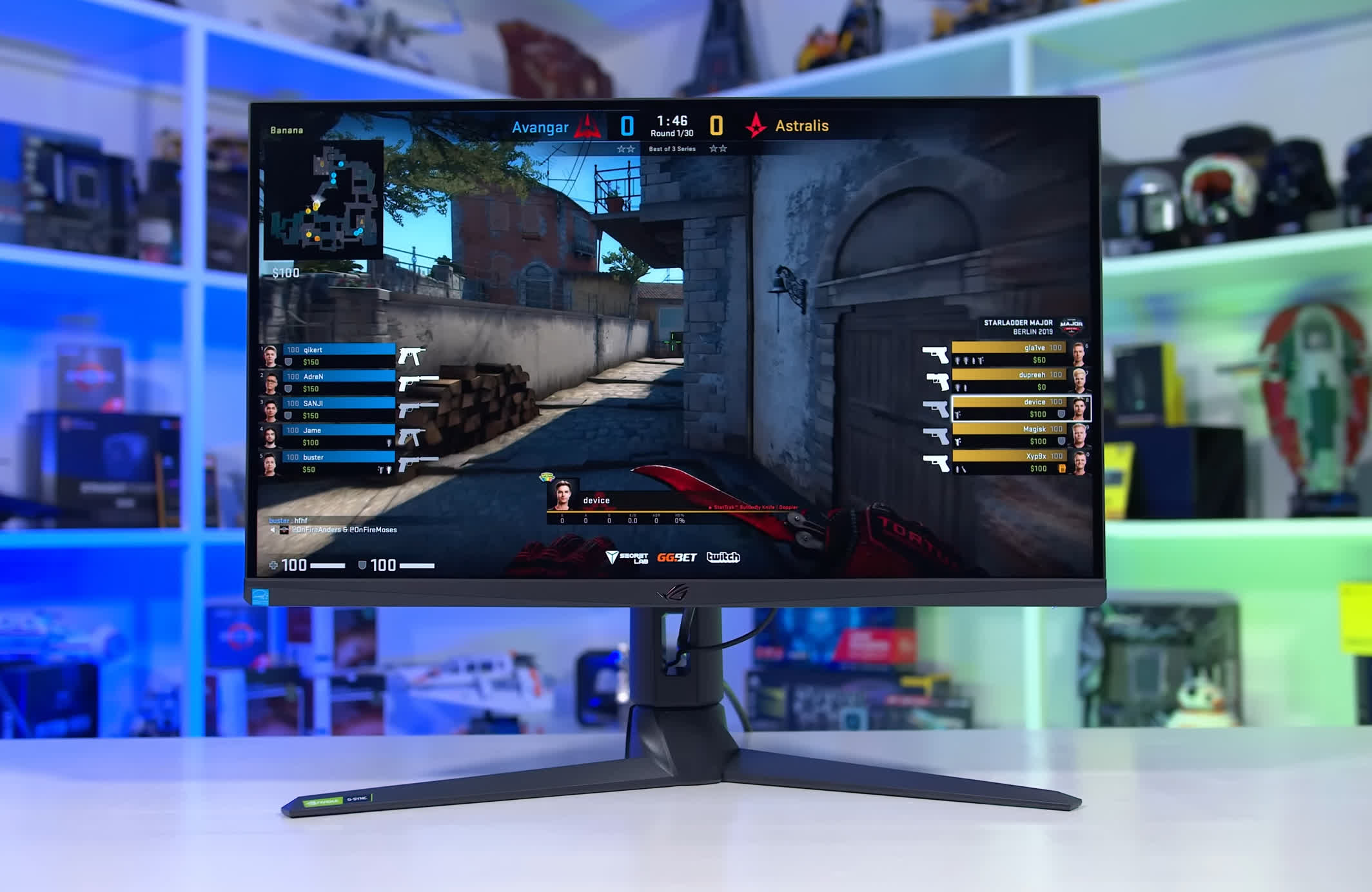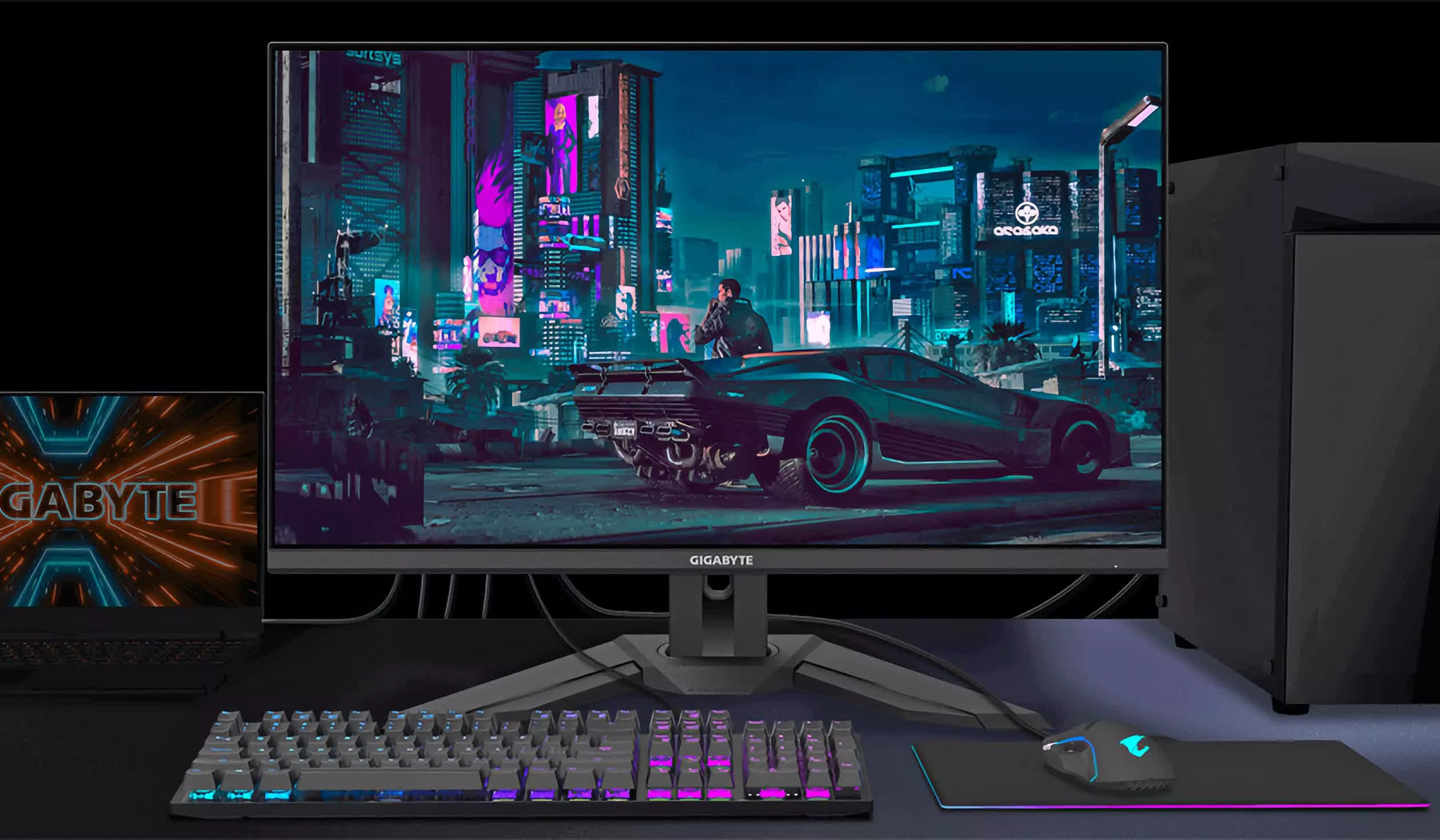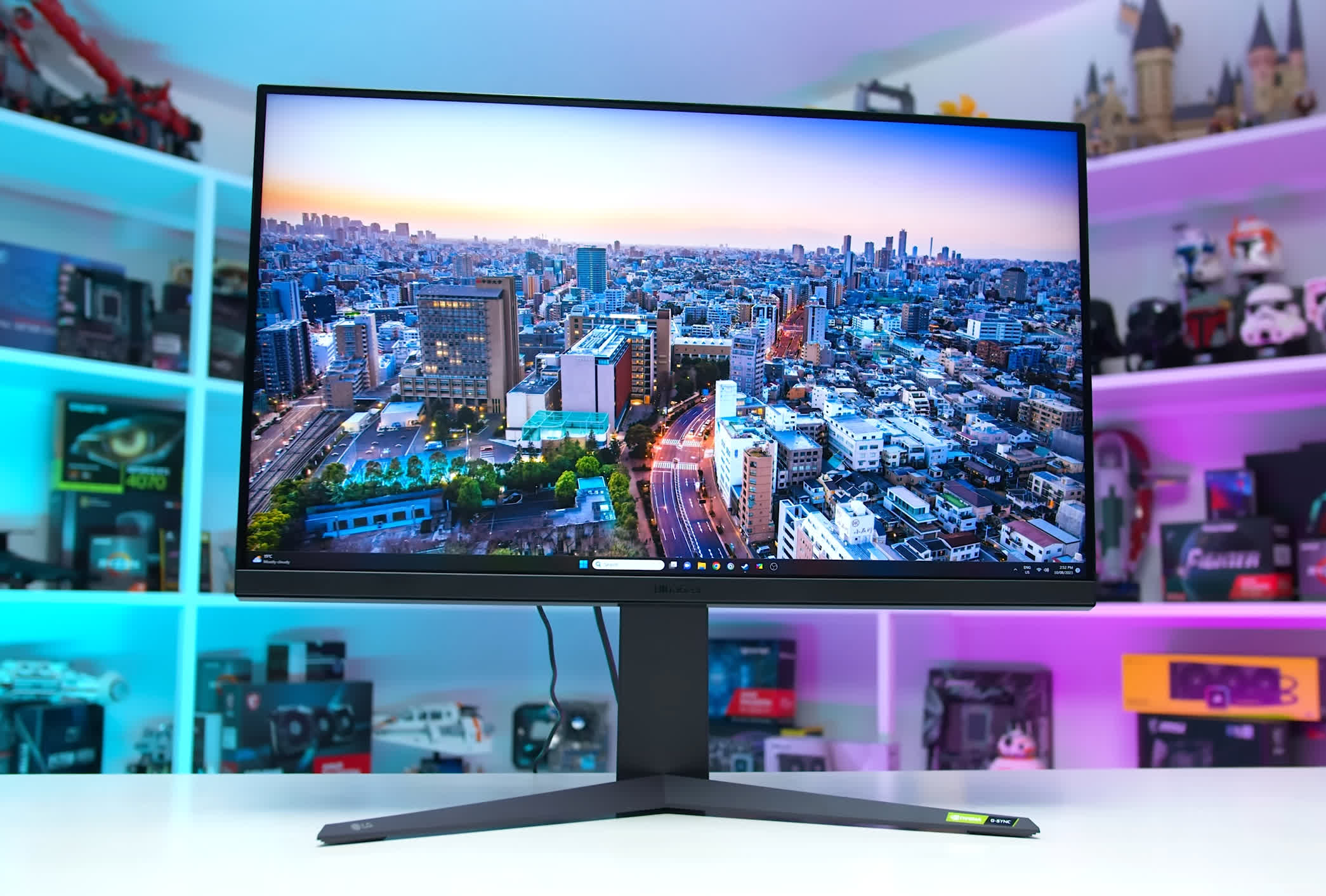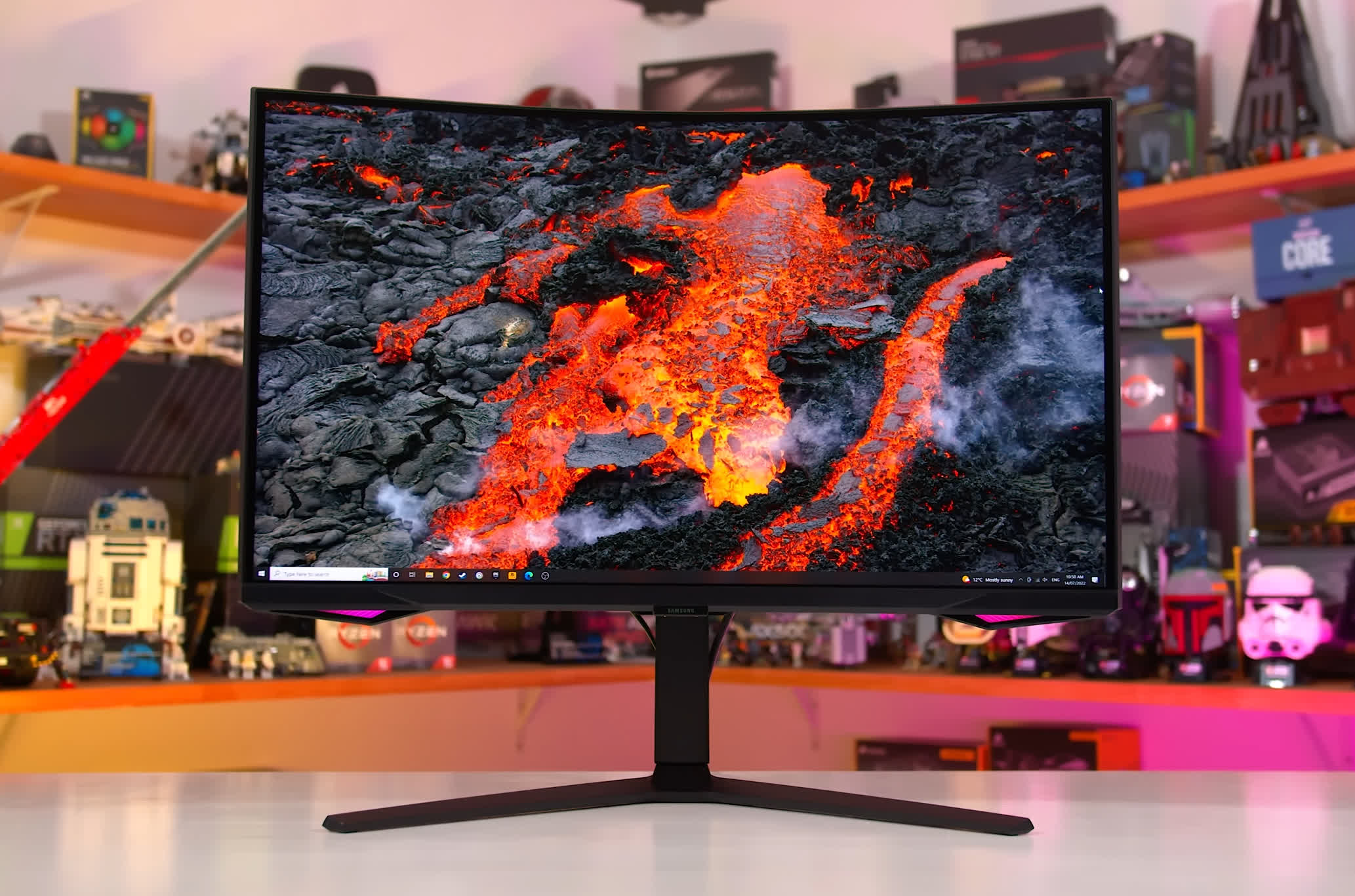To wrap up our monitor recommendations for the year, this is the second time we’ve put together this monitor buying guide, revisiting the best monitors available at each price point. Unlike our best monitors guides, here we will cover price points ranging from $100 to over $1,000 in (usually) $100 increments, recommending the monitor we would choose at each price.
Typically, in our best monitor guides, we provide multiple options in different categories. However, that won’t be the case today. Instead, if you want all the decision-making taken out of your hands, and simply wish to know which monitor to get for the amount you’re willing to spend, this is the guide for you.
As usual, the recommendations in this article are based on our testing of a large variety of gaming monitors. It goes without saying that monitor pricing can vary from one week to another. We can’t control this, but our focus wasn’t on short-lived deals, but rather on the usual price range for the monitors we recommend in each category. For more detailed information on all of these monitors, check out the full reviews and our best monitor guides, which are fully up-to-date.
TL;DR
$150
AOC 24G2SP 24″
This year, we’re starting our recommendations at the $150 price point because, after a quick review, we can’t recommend anything around $100 at the moment. If you’re looking for a gaming monitor with a decent refresh rate, the typical minimum you’re looking at is $110. The options around this price typically offer mediocre VA panels. Below $110, you won’t even be getting 144Hz support, which likely won’t meet the needs of most people seeking a decent gaming monitor. We certainly couldn’t recommend buying a sub-144Hz 1080p gaming monitor in 2023.
At $150, we can recommend the AOC 24G2SP, which has been priced as low as $140, but more typically hovers around $160. It’s a 24-inch 1080p 165Hz IPS gaming monitor that provides excellent value for money. While it doesn’t boast the largest display size or highest resolution, it serves well as an entry point to high refresh rate gaming.
In particular, we like the balance the 24G2SP offers across various categories. It has good response times for both 165Hz and variable refresh rate gaming, solid color quality including a decent IPS contrast ratio and some wide gamut support, and it includes convenient features such as a height-adjustable stand. While it’s not a class leader in any single area, it performs well across most, with no standout weaknesses.
$200
Gigabyte G27Q 27″
At around $200, you have a few choices: opt for a more premium 1080p display (perhaps something larger), or try your luck with an entry-level 1440p 144Hz monitor. Generally, we think the resolution benefit of 1440p is more significant than improving other aspects of a 1080p display, so the better value, in our opinion, lies with the entry-level 1440p options.
Currently, the two leading candidates are the LG 27GN800 and the Gigabyte G27Q, neither of which we’ve tested in depth. Based on reviews from sources we trust, like Rtings, the LG option is a bit faster but has a worse contrast ratio, while the Gigabyte is slightly slower but offers a better contrast ratio. Either seems to be a suitable choice around this price point. However, don’t expect anything particularly outstanding at just $200.
$250
MSI G274QPF-QD 27″
In the $250 range I would recommend the MSI G274QPF-QD, currently priced at $260 US. A 27-inch 1440p 170Hz IPS LCD, this MSI model offers a few upgrades over what you get in the $200 class. You’re getting a slightly higher refresh rate, wider color gamut, and better response time tuning. There is always going to be question marks over how much better of an experience you will get at this price versus about $200, but there’s enough incremental improvements here that I think a 25% price premium is worth it.
On the other hand there is so much competition in the 1440p 144Hz-ish space right now that it ultimately comes down to individual needs and specific features. I personally would choose the G274QPF-QD because it suits my needs really nicely, but if I wanted a KVM switch, then the slightly more expensive Gigabyte M27Q-P might be a better choice.
$300
LG 27GP850 27″ Ultragear
If we had around $300 to spend, we don’t see a lot of value at this price point. In our opinion, you’d be better off spending a bit less on a 1440p 170Hz monitor, like the MSI G274QPF-QD we just discussed, or investing a bit more to get a 1440p 240Hz display.
240Hz hasn’t reached the $300 mark yet, but it represents a significant upgrade over 170Hz monitors. Meanwhile, with a nearly 50% price increase over entry-level 1440p high-refresh-rate monitors, it’s hard to justify a premium 1440p 165Hz-ish display in this range.
However, since we committed to picking a monitor at every price point, if we had to choose, we’d go for the LG 27GP850 or LG 27GP83B. Both are very similar and often hover around $300. The reason to choose them over the MSI above is that they are faster, not necessarily at the highest refresh rate – but across the refresh range – the LG options are better tuned to deliver a slightly better experience.
If you’re after the best speed and motion clarity, they make a lot of sense. However, if you just want a great-looking, well-balanced 1440p gaming monitor, it’s not a revolutionary upgrade over less expensive products.
$350
MSI G274QPX 27″
At around $350, we would be looking at 1440p 240Hz gaming monitors. The MSI G274QPX is typically in this price range, offering a 27-inch 1440p 240Hz IPS panel and presenting a great balance of performance across various categories.
It features high brightness, a very good contrast ratio, a flat panel with great viewing angles, and a decent sRGB mode, though it has only typical to average response times. There are no major deal-breaking flaws, and we think it’s a compelling choice at such a competitive price.
We also believe this pricing structure is logical. At $260, MSI offers a great 1440p 170Hz option, and then for a 30 – 40% increase, you can upgrade to 240Hz. It’s not just a straight refresh rate upgrade; the panels in each monitor have different characteristics. However, 240Hz is faster, smoother, and delivers lower input latency, which are all significant advantages, especially for competitive multiplayer gaming.
It also provides additional headroom for future-proofing as you upgrade your PC, making it an attractive option at 2023’s historically low prices.
$400
Gigabyte M27U 27″ | Gigabyte M28U 28″
At around $400, we would purchase the Gigabyte M27U, which we’ve recently seen drop as low as $430. The M28U is also an option at around $450, but for most people, the M27U at $430 is an excellent choice. It offers a 27-inch 4K 144Hz IPS LCD panel with all the usual gaming features like adaptive sync support. Indeed, in the latter part of 2023, you can purchase a high refresh rate 4K gaming monitor for under $450, a notion that was unthinkable just a few years ago.
The M27U stands out due to its affordability and well-rounded performance. Its motion performance is similar to other modern IPS LCDs, and the panel is adequately optimized for variable refresh rate gaming, with no glaring flaws. We’re looking at a wide color gamut experience, great brightness, reasonable factory calibration, and the excellent resolution of a 4K panel, making it well-suited for both productivity work and gaming. While there are no specific areas of performance that stand out significantly, there are also no deal-breaking flaws; overall, it offers great value for the price.
$500
Asus XG27AQMR 27″
It becomes much more challenging to make a firm recommendation at $500 and beyond. Around this price, you can opt for an upgraded version of either our 1440p 240Hz or 4K 144Hz choices.
In this case, we’ve selected a more premium 1440p gaming display: the Asus ROG Swift XG27AQMR. It’s a 27-inch 1440p 300Hz IPS display that launched at $650, but is now available for just $500, an attractive price for what it offers.
Compared to the MSI G274QPX, which we recommended at $350, the ROG XG27AQMR offers both a higher refresh rate and superior response time tuning. This allows it to provide a consistent overdrive mode experience and faster transitions at nearly every refresh rate, thanks to variable overdrive.
Additionally, it comes well-calibrated from the factory, particularly in its sRGB mode, while also featuring a good contrast ratio and wide color gamut support. It’s a very solid choice for someone looking for a monitor that is a step above the budget options with similar specs.
$600
Gigabyte M32U 32″
At $600, we would consider purchasing a 32-inch 4K 144Hz gaming monitor like the Gigabyte M32U, although realistically, most people might prefer opting for something with better value for money.
Nevertheless, as one of the more affordable 32-inch 4K gaming monitors, the M32U is an excellent choice if you’re seeking more screen real estate while maintaining high resolution. It’s not the top performer in its category – we’d rate its performance as average overall – but for $600, it offers quite reasonable features and quality.
$700
LG 32GR93U 32″
At $700, there are similar concerns around value and features as we saw at $600: we think most buyers would be better off with a cheaper monitor offering more value for money, or saving up for our $800 pick which offers a big leap in quality.
However, if you are set on spending $700, then the LG 32GR93U is a decent choice. It’s a stronger performer than the Gigabyte M32U across the board while maintaining its 32-inch 4K 144Hz IPS LCD characteristics. With better response time tuning, better calibration, and a few additional features, it’s a good monitor.
$800
Alienware AW3423DWF 34″ QD-OLED
For $800, we can begin to recommend OLED monitors, and at this price point, the choice seems clear: the Alienware AW3423DWF. Having maintained this price for several months, acquiring a 34-inch 165Hz QD-OLED ultrawide for $800 is an excellent deal. In fact, we rank this monitor very highly among all the QD-OLEDs we’ve tested, so its position as one of the most affordable options is great news for buyers.
Compared to cheaper monitors, the Alienware offers several key upgrades related to its OLED panel: elite response times, deep blacks, per-pixel local dimming, and excellent HDR capabilities, including brightness up to 1,000 nits.
It’s not ideal for productivity work due to burn-in concerns, but for gamers, this is a substantial improvement over our $700 pick, even though it means a resolution decrease from 4K class down to 1440p class.
$900
Samsung Odyssey Neo G7 32″ Curved
At $900, we would opt for the Samsung Odyssey Neo G7, which is currently discounted at around $850. This is the high-end option for those primarily gaming on their monitor but concerned about burn-in, desiring a 4K resolution, or planning to do a decent amount of productivity work.
The Neo G7 offers a 32-inch 4K 165Hz VA LCD, paired with a 1,196-zone local dimming backlight for true HDR capabilities.
As a proper HDR monitor, you can enjoy games with deep blacks, bright highlights, and a great contrast ratio. Samsung’s high-end VA technology delivers strong response times for crisp motion, and this 4K monitor avoids concerns around pixel structure, screen coating, or burn-in common with OLEDs.
Its significant 1000R curvature is something to consider, but we really appreciate what it brings to the table, especially at its new lower price of around $850.
$1,000
Asus ROG Swift OLED PG27AQDM 27″
At $1,000, we recommend the Asus ROG Swift PG27AQDM, the best among the 27-inch 1440p 240Hz WOLED gaming monitors. This product excels in many ways, offering motion clarity that surpasses most LCD monitors and closely rivals 360Hz models.
Even for those not particularly interested in HDR gaming, the PG27AQDM is an excellent choice for competitive multiplayer gamers due to its speed and high refresh rate. It becomes even more appealing if you play a variety of games, including both multiplayer and singleplayer titles.
The exceptional HDR capabilities of this OLED are a significant highlight. Deep zero-level blacks, per-pixel local dimming, and high brightness levels create a stunning HDR gaming experience. However, there are a few downsides, such as subpar text clarity and the risk of permanent burn-in, making it less suitable for productivity tasks. Yet, for 1440p gaming, few products match its quality. It also outshines competitors in many HDR scenarios, giving it an edge that justifies its price in many circumstances.
If you’re willing to spend more than $1,000 on a gaming monitor, we suggest waiting for CES in January 2024, where we expect to learn more about 32-inch 4K 240Hz OLED displays.
Anticipated to be highly sought-after premium displays, we expect their debut prices to be above $1,000. Even if you’re not entirely set on an OLED or these specific specifications, it’s still worth waiting to see what they offer and how their introduction impacts pricing across the market.
Source link



